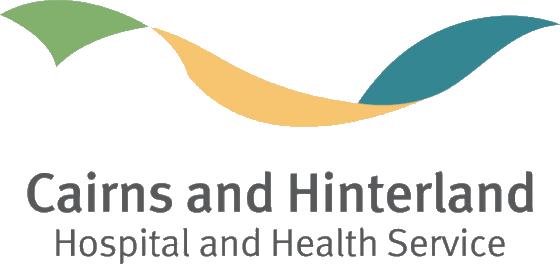CHHHS advances budget management compliance with real-time data powered by MongoDB


“MongoDB has enabled us to achieve real-time analytics for Enterprise Budgeting.”
Tate Jones
Senior Software Engineer, CHHHS
Senior Software Engineer, CHHHS
Take the next step
Get access to all the tools and resources you need to start building something great when you register today.
.svg)